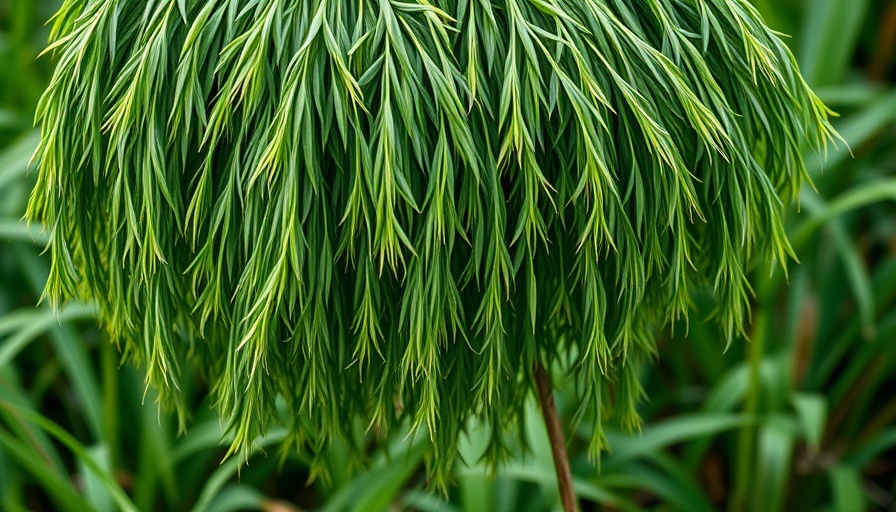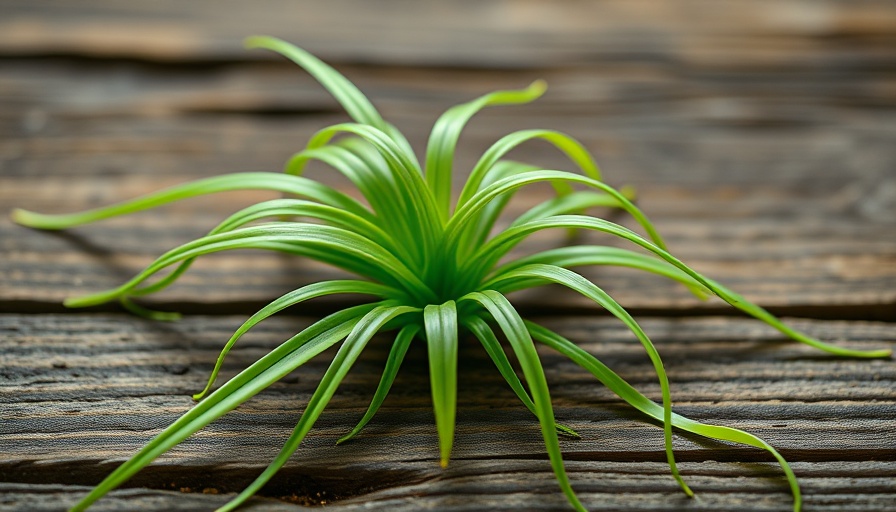
Understanding the Fall Weeds That Target Your Lawn
As the summer heat wanes, lawns and gardens can become prime targets for a variety of fall weeds. Homeowners, especially those with well-kept lawns, may find themselves battling invasive plants that not only detract from the beauty of their outdoor spaces but can also hinder the health of their desirable plants. Understanding which common fall weeds invade lawns and flower beds can empower homeowners to take preventive measures.
The Most Common Weeds to Watch Out For
Identifying problematic weeds is the first step in effective weed management. Some of the most prevalent fall weeds include:
- Chickweed: This weed is notorious for spreading rapidly in fall. Its small white flowers can disrupt the aesthetic value of a lawn or garden.
- Henbit: A member of the mint family, henbit features a distinctive square stem and can be identified by its purple flowers. It thrives in cooler weather.
- Purple Deadnettle: Similar to henbit, this weed can form dense patches and is often mistaken for other native plants, making it challenging to control.
- Ragweed: This common culprit can spread pollen, leading to allergies while aggressively competing with cultivated plants.
- Dandelion: While often viewed as a perennial nuisance, the dandelion is also a source of food for some pollinators.
Effective Strategies for Managing Fall Weeds
Weed control in autumn can be approached effectively through a mix of cultural practices, mechanical removal, and chemical treatments. One of the most effective strategies remains regular mowing, which prevents many weeds from reaching maturity and setting seeds.
Cultural Practices to Consider
Proper lawn maintenance like overseeding and fertilization strengthens grass, enabling it to outcompete weeds. Maintain optimal mowing heights as different grass types thrive at varying lengths. Furthermore, proper aeration allows roots to establish better, reducing the chances for weeds to take hold.
Natural and Chemical Control Options
For those seeking organic solutions, consider employing mulching techniques or using vinegar and salt mixtures as natural herbicides. For more aggressive invaders, select herbicides that target specific weeds while minimizing impact on desirable plants.
Timing is Everything
Recognizing the right timing for preventive action is vital. The proactive approach should initiate earlier in the fall season while weeds are still growing to capitalize on their weaker, juvenile states. It is during these periods of active growth that home gardeners can make the most impact.
Future Trends in Lawn Care
As environmental consciousness grows, many homeowners are now investing in sustainable practices that are resilient to weed invasion, such as native landscaping and xeriscaping. These approaches reduce reliance on chemical treatments while creating robust ecosystems that minimize invasive plant growth.
Conclusion: Take Control of Your Outdoor Space
As fall approaches, homeowners can play an active role in combating weeds by understanding the species that threaten their lawns and flower beds. Investing in proper lawn care and being aware of emerging trends can help create a flourishing outdoor environment. Don't wait until it's too late—begin your fall weed management strategy today!
 Add Row
Add Row  Add
Add 




 Add Row
Add Row  Add
Add 

Write A Comment